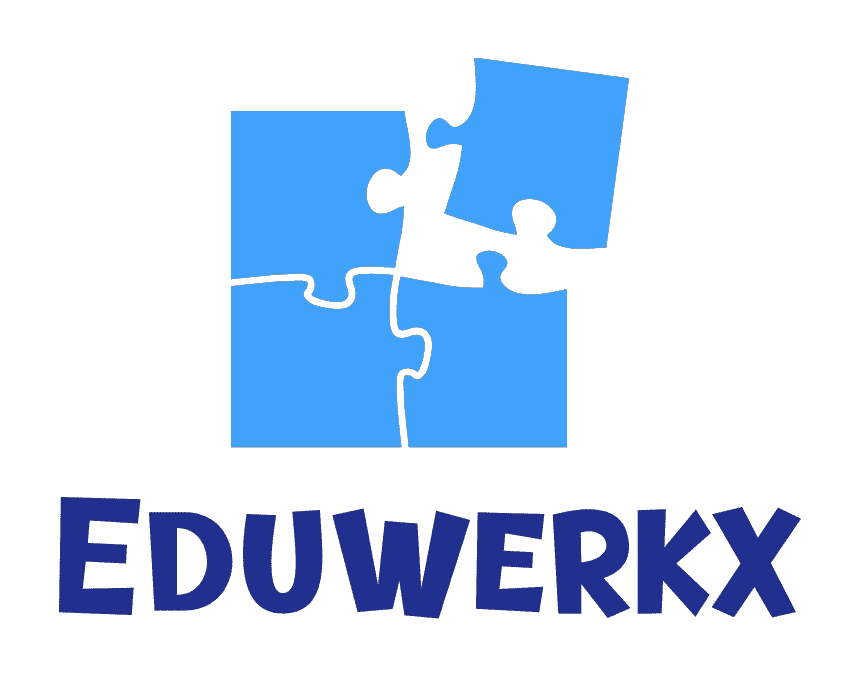We previously mentioned that the brain is constantly balancing cognitive effort and energy expenditure, much like how we manage our bank accounts. Unlike us, who can borrow money when our account hits zero, the brain has nobody to borrow from—once its energy is depleted, essential functions and development shut down. As such, the brain has to carefully manage its “energy budget” to stay functional and efficient throughout the day.
How Does the Brain Manage Energy Demanding Tasks?
When an activity demands more mental energy than the brain can comfortably handle, it triggers the stress response—essentially saying, “This task requires more resources than I normally allocate—let me redirect energy from other systems to handle this challenge.” This extra energy helps your child stay alert and focused so they can do well under pressure. However, it’s only a temporary boost to help the brain get through challenging moments and is not meant to be used for long periods. When this intense demand continues for too long, the brain begins to shift into protection mode.
This reaction is similar to when the brain gives you a boost in focus and alertness, only to realize that it’s still not enough to manage the ongoing challenge. Upon realization, the brain enters into what could be described as a “pullback” phase—what neuroscientists might refer to as neural resource conservation. Your brain essentially decides: “This demand exceeds my capacity even with extra resources allocated. Continuing would risk damage to neural circuits or extreme energy depletion. I need to disengage.”
The brain signals the need for withdrawal by reducing motivation and lowering focus. This action results in your child becoming distracted, zone out or display emotional irritability, all of which are signs that the brain is struggling to keep up. As the brain reduces its energy supply in an attempt to conserve its remaining energy, feelings of overwhelm begin to set in. These are the brain’s built-in mechanisms to prevent burnout and preserve long-term cognitive health.
It is also an indication that the material your child is trying to process is simply too challenging for their current level of readiness—not a reflection of their intelligence or capability. If this happens too often, it can lead to procrastination in that activity and reinforces a negative self-perception: “I tried but couldn’t do it. Maybe I’m just not smart enough.” The truth is, in most cases, a child struggles not due to a lack of ability in the subject, but because the way the learning material is presented demands too much of their mental energy to process.
Why Is Low Energy Learning Important For Children?
Did you know that a growing child consumes about 50% to 60% of the body’s energy for brain development? Every day, a child wakes up with a limited supply of cognitive energy. How that energy is spent can significantly influence the extent of their brain development—when managed wisely, it fuels sharper thinking, deeper learning and healthy development. Learning is not a choice when it comes to brain development—without it, your child’s growth stagnates.
This means that no matter what, your child must expend a portion of their mental energy for learning, while still leaving enough to support healthy brain development. Since mental energy is a limited resource, it’s crucial to identify a form of learning that reduces unnecessary cognitive load while still engaging a broad range of brain regions. This way, it reduces the risk of insufficient stimulation and ensures that there is still enough energy leftover for healthy development.
Unfortunately, much of today’s learning can be energy-draining, particularly when children are taught to rely on heavy cognitive effort as a way to prove they are learning. When children’s cognitive resources are consistently drained through demanding or inefficient learning methods, it can take a toll on their overall brain development. This is similar to how a construction project might slow down or stop entirely when essential building materials become scarce.
Curious about how your child’s brain develops when there are low cognitive reserves? It’s not as straightforward as just pausing a construction project. Like and follow to learn more!
